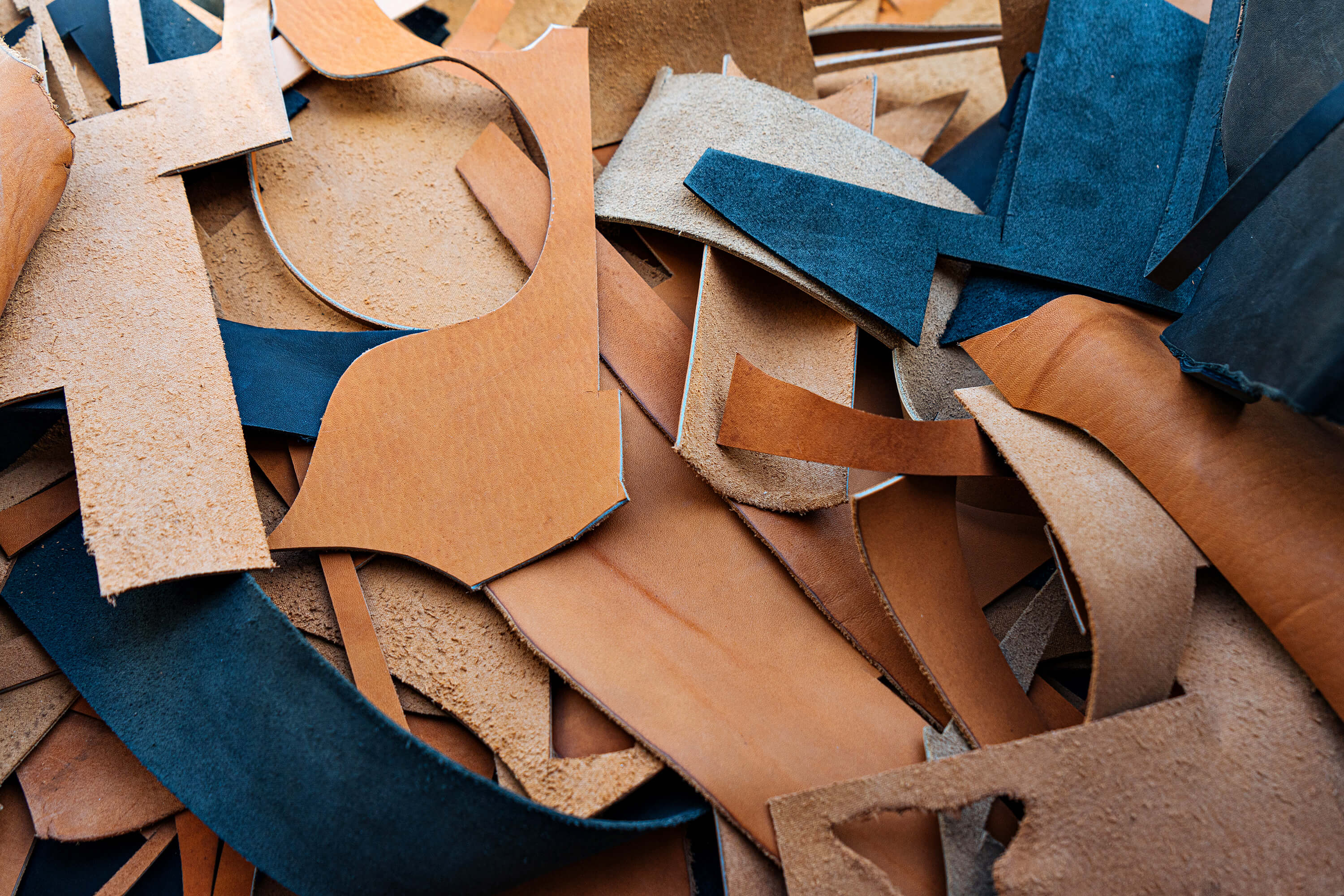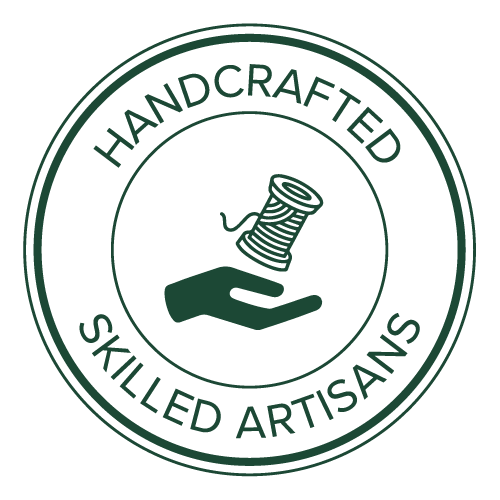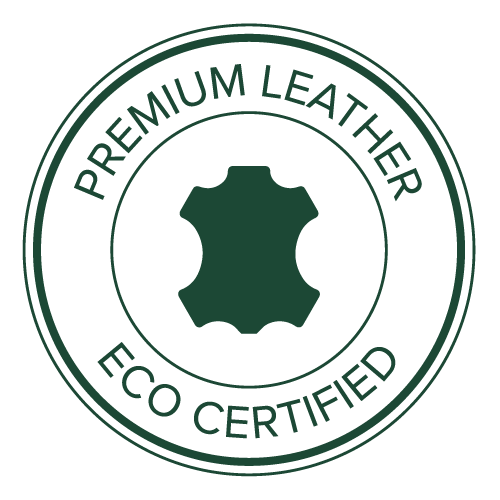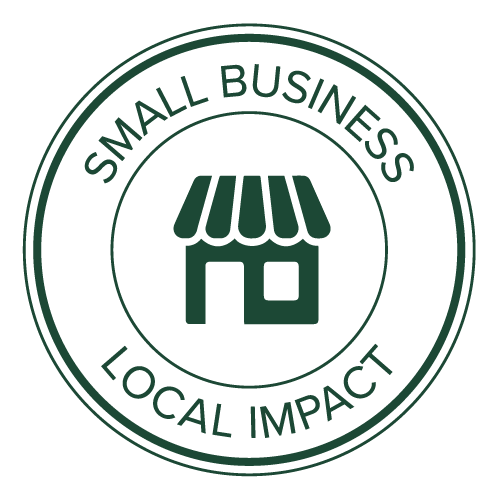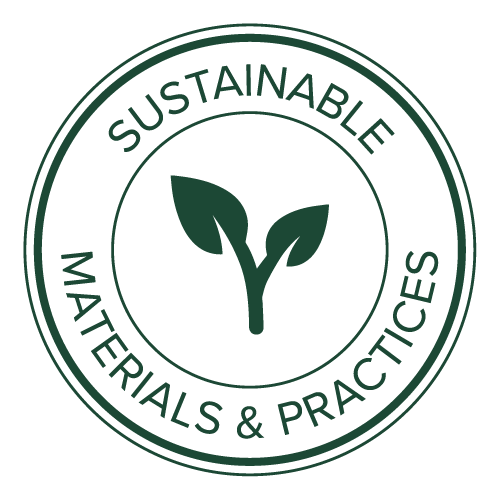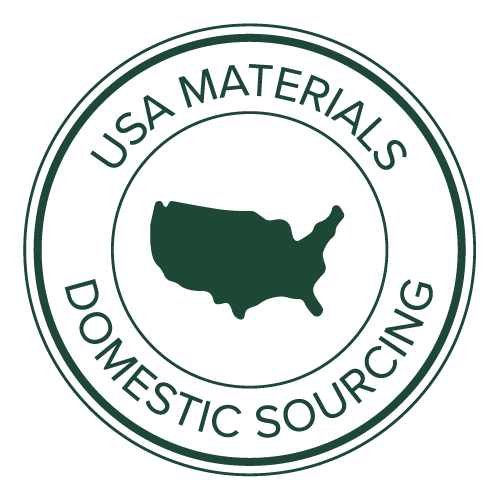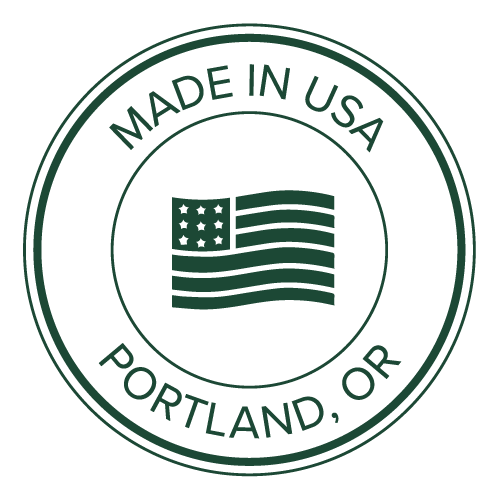What's wrong with most leather?
More than 90% of the world's leather is chromium-tanned. Chrome tanning is a much faster and cheaper way to treat leather, and it can produce more vibrant colors and a softer touch right off the shelf.
The problem? Chrome tanning uses a high concentration of toxic chemicals that are harmful for the environment, and the resulting leather doesn't have those authentic qualities that make traditional leather so beautiful and long-lasting. It has a chemical odor, an unnatural appearance and, at the end of its life, it biodegrades at a much slower rate.
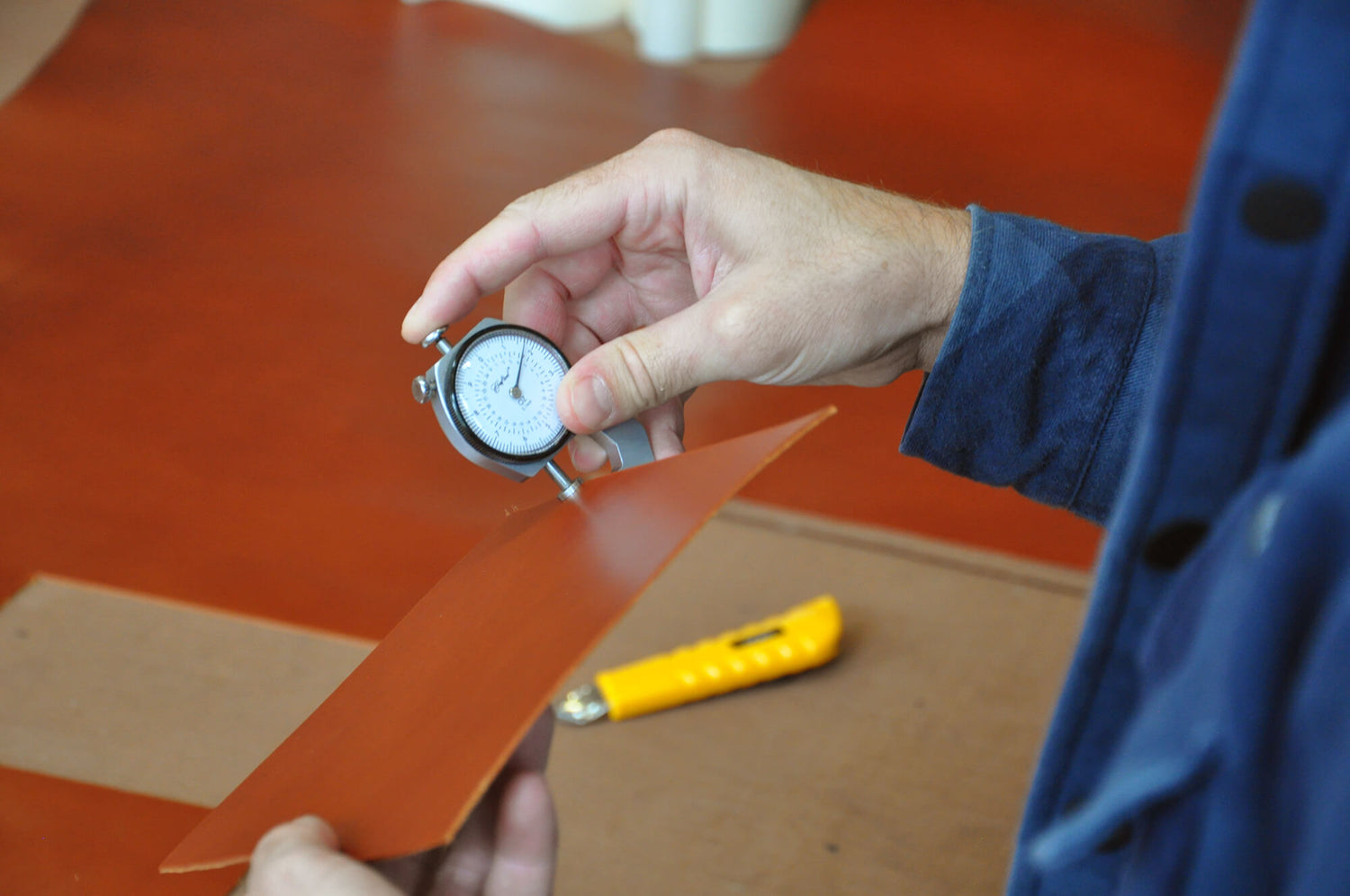
We use full grain vegetable-tanned leather, a superior alternative
Vegetable tanning is the authentic, centuries-old process of treating leather with organic tanning agents, like oil from tree bark and other plant material. It's significantly more expensive because it requires a lot more time and skilled craftsmanship.
This is why vegetable-tanned leather is rare these days, especially in the promotional products industry.
Durable, beautiful, and better over time
Thanks to its natural inputs, vegetable-tanned leather has all the classic qualities that people know and value when they think of real, full grain leather. Every piece is durable with unique visible character and that distinctly rich leather smell.
There are not many things that get better as you use them. Beyond the way it looks, feels and smells, the best thing about our leather is how the material changes. It develops a beautiful patina over time as it absorbs the oils from your skin and other elements it comes into contact with. The patina softens, shines, and darkens the material in a process that gives the leather an added layer of durability and extra character to make it uniquely yours. Five years later, a Woolly Made product is actually better than when you first got it.
A sustainable lifecycle: from by-product to biodegradable
Our leather is part of an eco-friendly life cycle. It's a natural by-product, the production waste is treated and recycled, and it's safely biodegradable.
- The leather industry is a natural by-product of the beef industry. In the U.S. alone, 2 billion pounds of cattle hides would be sent to landfills each year if they weren't repurposed into leather.
- During production, 100% of the waste water used is treated on-site in a state-of-the-art treatment facility so that it's environmentally safe before it's released back into the world.
- Other organic waste is transformed into nutrient-rich fertilizer and organically recycled in partnership with local farmers.
- At the end of its life, the leather can return to the earth. It naturally biodegrades within 50 years and without leaving behind toxic residues.
Beware of "vegan" leather
You might think vegan leather is more sustainable. But actually, most vegan "leather" is made with plastics, which are toxic for workers during the manufacturing process and bad for the planet longterm. Those plastics are manufactured from non-renewable crude oil in a process that dumps excess carbon dioxide into the atmosphere. And at the end of their life, plastic products release harmful chemicals as they decompose, often lasting more than 500 years.
USA-sourced and environmentally certified
We proudly source our leather from Wickett & Craig in Curwensville, Pennsylvania. Founded in 1867, Wickett & Craig is a world premiere vegetable tannery and one of the last of its kind in the United States. They are environmentally certified from the Leather Working Group, reflecting their commitment to sustainable and responsible leather production.

